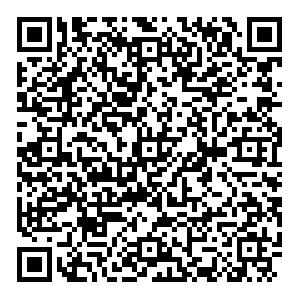-
摘要: 基于“在线认知量表” (OCS), 采用两组大学生被试, 分别进行探索性因素分析和验证性因素分析, 探讨了大学生病理性互联网使用的行为模式, 编制了“大学生病理性互联网使用量表” (PIUS -CS)。结果发现:(1)大学生病理性互联网使用行为由上网冲动性、分离/逃避和网上优越感三个因素构成。量表具有较理想的内部一致性信度、构想效度和区分效度。(2)男大学生的上网冲动性、网上优越感较女大学生更强; 文科类学生的上网冲动性较理科类学生更强。(3)上网时间和上网次数与病理性互联网使用模式只有较弱的正相关, 不宜作为病理性互联网使用行为的评价指标。
-
关键词:
- 大学生 /
- 病理性互联网使用行为 /
- 在线认知量表(OCS) /
- 探索性因素分析 /
- 验证性因素分析
-
表 1 PIUS-CS各项目的公共因子的特征根及方差贡献率

表 2 PIUS-CS 11个项目的共同度和Promax斜交旋转后的负荷矩阵

表 3 假设的PIUS-CS三因素模型的因素负荷矩阵模式

表 4 PIUS-CS测验的平均数与标准差

表 5 PIUS-CS测验数据与上网次数和上网时间的相关分析结果

表 6 互联网经常使用组和非经常使用组在PIUS-CS测验数据上的t检验结果

表 7 互联网长期使用组和短期使用组在PIUS-CS测验数据上的t检验结果

-
[1] Attewell, P. & Rule, J.Computing and organizations:What we know and what we don' t know [ J].Communication of the ACM, 1984, 27 (12):1184-1192. [2] Anderson, R.H.et al.(Ed.).Universal access to e-mail :feasibility and societal implications [ M].Santa Monica, CA : Rand Corporation, 1995. [3] King, J.L. & Kraemer, K.L.Information infrastructure, national policy, and global competitiveness [ J].Information In-frastructure and Policy, 1995, 4 (1):5-28. [4] American Psychiatric Association.Diagnostic and Statistical Manual of Mental Disorders (4th ed.) [ M].Washington, DC, 1995. [5] Young, K.S.Internet addiction:the emergence of a new clinical disorder [J].CyberPsychology and Behavior, 1998, 1 (3):237-244. [6] Brenner, V.Psychology of computer use :XLVII.parameters of Internet use, abuse and addiction:the first 90 days of the in-ternet usage survey [J].Psychological Reports, 1997, 80 (3):879-882. [7] Chou, C. & Hsiao, M.C.Internet addiction, usage, gratification, and pleasure experience:the Taiwan college students'case [J].Computers and Education, 2000, 35 (1):65-80. [8] Armstrong, L., Phillips, J.G. & Saling, L.L.Potential determinants of heavier internet usage [J].International Jour-nal of Human-Computer Studies, 2000, 53 (4):537-550. [9] Morahan-Martin, J. & Schumacher, P.Incidence and correlates of pathological internet use among college students [J]. Computers and Human Behavior, 2000, 16 (1):13-29. [10] Lin, S.S.J. & Tsai, C.C.Internet addiction among high schoolers in Taiwan.Paper presented at the American Psycho-logical Association annual meeting [C].Boston, MA, August, 1999. [11] Davis, R.A.A cognitive-behavioral model of pathological internet use [J].Computers in Human Behavior, 2001, 17 (2):187-195. [12] Davis, R.A., Flett, G.L. & Besser, A.Validation of a new scale for measuring problematic internet use :implications for pre-employment screening [J].Cyber Psychology and Behavior, 2002, 5 (4):331-345. -






 下载:
下载: